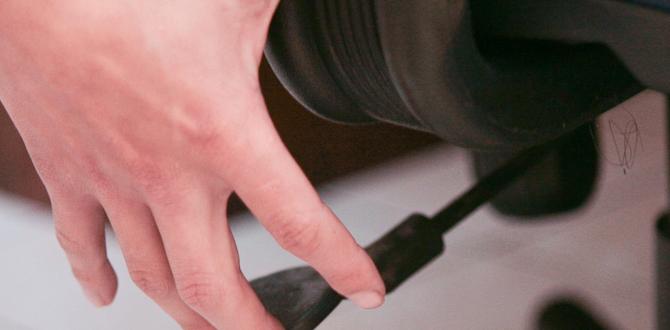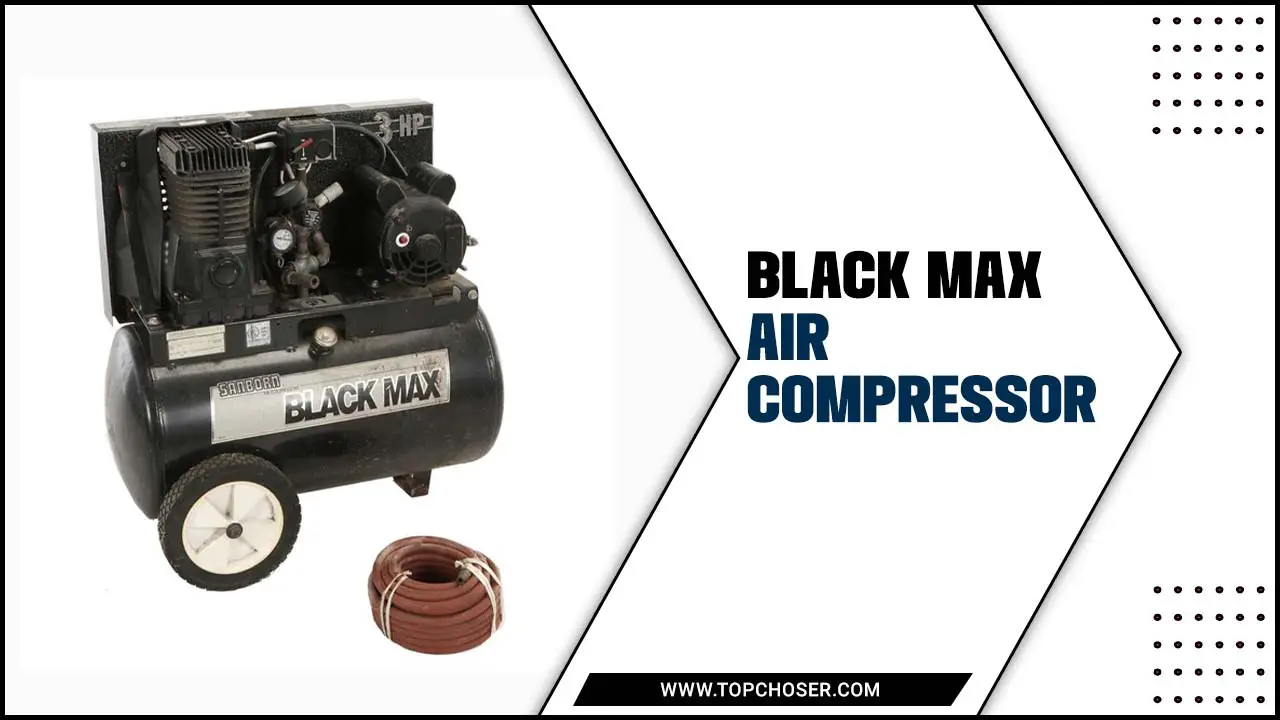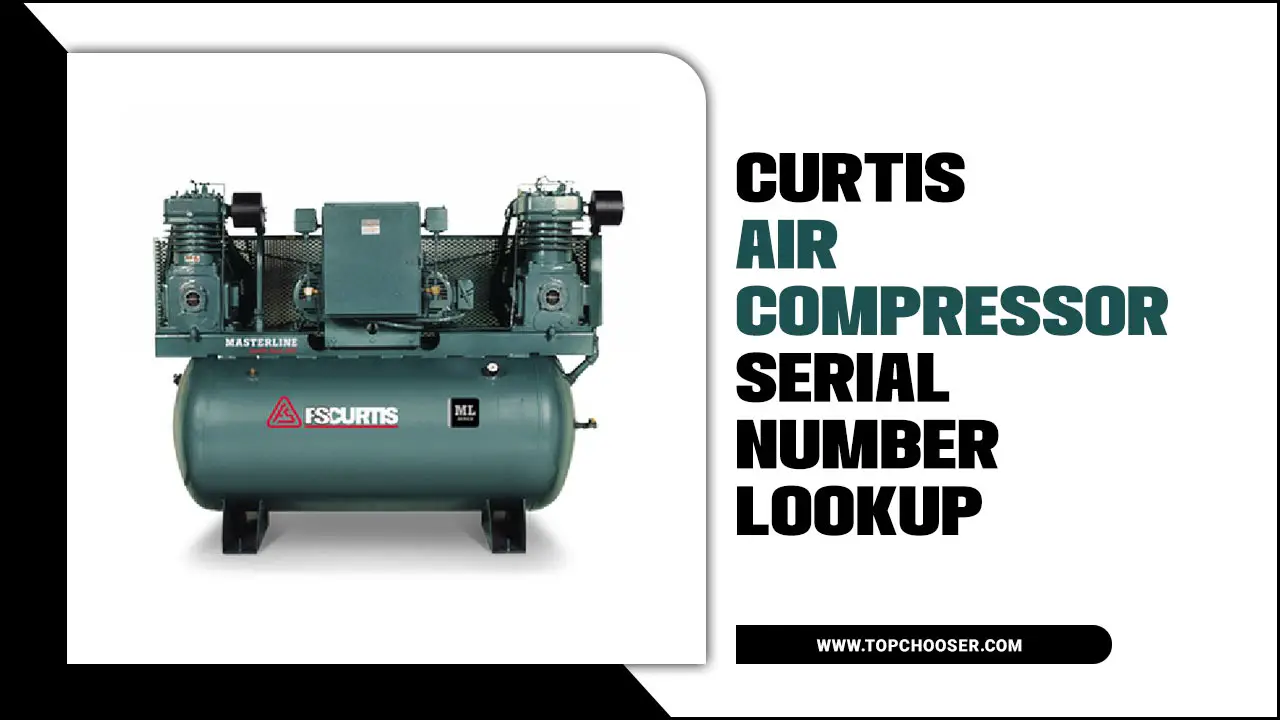Have you ever noticed a strange sound coming from your toilet? Maybe it’s running non-stop, and you’re worried about your water bill. One common cause for this issue is the toilet fill valve water level being set too high. But don’t worry! You can easily adjust it.
Imagine your toilet as a tiny water factory. It fills up and empties just like magic. When the fill valve isn’t set right, it can waste a lot of water. But how do you fix it? Understanding how to adjust the toilet fill valve water level can save water and money!
Many people don’t realize how simple this task can be. In just a few steps, you can learn to do it yourself. Plus, adjusting the valve is a skill you can share with family and friends. Doesn’t that sound fun?
Let’s dive into the steps you can take to master this handy plumbing trick!
How To Adjust Toilet Fill Valve Water Level: A Simple Guide Adjusting The Toilet Fill Valve Water Level Is A Crucial Maintenance Task That Ensures Your Toilet Functions Efficiently And Conserves Water. If You’Re Experiencing Problems With Your Toilet Not Filling To The Right Level Or Running Continuously, Knowing How To Adjust The Fill Valve Can Save You Time And Money. This Guide Will Walk You Through The Steps To Make The Necessary Adjustments Easily. Understanding The Fill Valve The Fill Valve, Also Known As The Ballcock, Controls The Water Flow Into Your Toilet Tank. When You Flush The Toilet, The Fill Valve Opens, Allowing Water To Refill The Tank After Use. The Water Level Must Be Set Correctly For Optimal Performance. If The Water Level Is Too High, It May Overflow Into The Overflow Tube, Causing Waste Of Water; If Too Low, Your Toilet May Not Flush Properly. Tools Needed Before You Begin, Gather The Following Tools: – A Flathead Screwdriver – A Pair Of Pliers (Optional) Steps To Adjust Toilet Fill Valve Water Level 1. **Turn Off The Water Supply**: Locate The Shut-Off Valve Behind The Toilet And Turn It Clockwise To Stop The Water Flow. This Prevents Any Spills While You Work. 2. **Remove The Tank Lid**: Gently Take Off The Lid Of Your Toilet Tank And Set It Aside. Be Careful, As The Lid Can Be Heavy And Fragile. 3. **Identify The Fill Valve**: Look For The Fill Valve On The Left Side Of The Tank. You May Notice A Float Attached Directly To The Fill Valve Or A Separate Float Arm System. 4. **Adjust The Float**: – **For A Floating Ball**: If You Have A Traditional Float Ball, Bend The Arm Slightly Downward To Lower The Water Level. Conversely, If You Need To Raise The Water Level, Gently Bend The Arm Upward. – **For A Cylinder Float**: If Your Toilet Uses A Cylinder Float, Locate The Adjustment Clip And Slide It Up Or Down The Rod To Set The Desired Water Level. 5. **Refill And Test**: Turn The Water Supply Back On By Rotating The Shut-Off Valve Counterclockwise. Allow The Tank To Refill. Check The Water Level To See If It Meets Your Requirements. 6. **Final Adjustments**: If Necessary, Repeat The Adjustment Process Until The Water Level In The Tank Is Just Below The Overflow Tube’S Rim, Ensuring Proper Function. Troubleshooting Common Fill Valve Issues – **Continuous Running**: If The Toilet Continues To Run After Adjustments, Check For Debris In The Fill Valve Or A Faulty Flapper, Which May Need Replacing. – **Low Water Pressure**: If The Water Fills Slowly, You May Need To Clean Or Replace The Fill Valve. Conclusion Knowing How To Adjust The Toilet Fill Valve Water Level Can Enhance Your Toilet’S Efficiency, Save Water, And Minimize Repair Costs In The Long Run. Regular Maintenance Of Your Toilet Will Not Only Prolong Its Lifespan But Will Also Contribute To A More Sustainable Household. Follow These Simple Steps, And You Will Be Able To Manage Your Toilet’S Water Level With Ease.

How to Adjust Toilet Fill Valve Water Level
Adjusting the toilet fill valve can improve performance and efficiency. First, check the water level in the tank. If it’s too high, water may spill into the overflow tube. To lower the water level, twist the adjustment screw on the fill valve. For a higher level, pull the float up. Did you know that even a small leak can increase your water bill? Regular maintenance keeps toilets running smoothly! Understanding how to adjust the fill valve helps save water and money.Understanding the Toilet Fill Valve
Explanation of the toilet fill valve and its purpose. Types of fill valves commonly found in toilets.The toilet fill valve is a clever little gadget that controls the water levels in your toilet tank. Think of it as the toilet’s water butler, ensuring the tank fills properly after each flush. There are a few common types of fill valves you’ll find:
| Type of Fill Valve | Description |
|---|---|
| Ballcock Valve | Uses a floating ball to control water. It’s the classic choice! |
| Floatless Valve | This design uses a diaphragm instead of a float. Less hassle! |
| Dual Flush Valve | Offers two flush options, saving water like a superhero. |
Knowing these types helps you understand what’s working or not in your toilet. It’s like being a toilet detective! So, next time your toilet acts up, you’ll know where to start.
Signs You Need to Adjust Your Fill Valve
Identifying high water levels and their implications. Recognizing low water levels and potential issues.When your toilet’s water level is too high, it can cause noise or even overflow. This happens when the fill valve doesn’t stop the water from coming in. On the other hand, a low water level means the toilet may not flush well. You might see a weak flush or even clogs. Understanding these signs is key to keeping your toilet working well.
- High Water Level: Noisy tank, possible overflow.
- Low Water Level: Weak flush, frequent clogs.
How can I tell if I need to adjust my fill valve?
If your water level is too high or too low, it’s time to adjust your fill valve. Monitor your toilet for any strange sounds or weak flushing and take action.
Tools Required for Adjustment
List of tools needed for adjusting the fill valve. Safety precautions to consider before starting.Before you dive into the plumbing world, gather your tools. You’ll need a wrench for turning nuts, a bucket for catching water spills, and a screwdriver for tightening screws. Safety is key, so put on some gloves to avoid slimy surprises! A towel is also helpful for quick clean-ups. Here’s a handy table:
| Tool | Purpose |
|---|---|
| Wrench | To loosen or tighten nuts |
| Bucket | To catch excess water |
| Screwdriver | To secure screws |
| Gloves | To keep hands clean |
| Towel | For quick spills |
Now you’re ready to tackle that fill valve adjustment! Just remember, plumbing isn’t a race. Crawl, don’t sprint, to avoid soaking your socks!
Step-by-Step Guide to Adjusting the Fill Valve
Detailed instructions on how to locate the fill valve. Adjusting the float arm or adjusting the height of the fill valve.First, turn off the water supply to your toilet. You don’t want a surprise splash party! Next, look behind the toilet for the fill valve. It’s usually a tall or short tube, depending on your toilet’s model. To adjust the water level, find the float arm. If it’s too high, gently push it down or twist the adjustment screw. If it’s too low, pull it up. Remember, happy toilets mean happy homes!
| Action | Direction |
|---|---|
| Locate fill valve | Behind toilet |
| Adjust float arm | Push down or pull up |
Make sure to turn the water back on and check if the level looks good. This task may take just a few minutes, but your toilet will thank you with a smooth flush!
Common Mistakes to Avoid
Common errors during adjustment and their effects. Tips for ensuring correct adjustment.Adjusting your toilet fill valve can be tricky, and many people make simple mistakes. One common error is setting the water level too high, which can cause toilet overflow. Another mistake is ignoring the fill valve float position, leading to noise and leaks. To get it right, always check your valve after adjustment. Pro tip: Use a marker to note the ideal water level before you start!
| Common Mistakes | Effects |
|---|---|
| Setting water level too high | Toilet overflow |
| Ignoring float position | Noisy toilet, potential leaks |
| Not checking valve after adjustment | Missed leaks or overflows |
Always double-check your work! If things get messy, don’t worry—everyone has had a toilet “adventure” at least once!
Maintenance Tips for Your Fill Valve
Routine checks to avoid future issues. Cleaning and upkeep for longevity of the fill valve.To keep your toilet fill valve working well, check it regularly. Look for leaks or strange noises; it’s like a toilet’s way of saying, “Help!” Routine checks can save you from future disasters. Next, cleaning is key. Dust and grime may sneak in, so give your valve a gentle scrub now and then. A little TLC can make it last longer. Think of it as doing yoga—stretching could keep it fit!
| Maintenance Task | Frequency | Notes |
|---|---|---|
| Check for leaks | Monthly | Leaky toilets waste water. That’s not cool! |
| Clean valve | Every 6 months | Just a quick scrub will do the trick. |
| Inspect for sounds | Monthly | If it sounds funny, it might need help! |
Staying on top of these tips means a happy bathroom for everyone!
When to Call a Professional
Situations when DIY adjustments are not advisable. How to find a reliable plumber for assistance.Sometimes, fixing the toilet isn’t a DIY project. If your fill valve is still acting up after several tweaks, it might be time to call a pro. A reliable plumber can tackle issues like a stubborn leak, which often means trouble lurking beneath the surface. To find a good plumber, ask friends for recommendations or check online reviews. Remember, no one wants a plumbing disaster—unless you love swimming in your bathroom!
| Signs to Call a Pro | Action Required |
|---|---|
| Persistent leaks | Get an expert |
| Water pressure issues | Time to consult |
| Noisy fill valve | Seek help |
FAQs about Toilet Fill Valve Adjustments
Common questions about fill valve adjustments. Expert answers to clarify common concerns.Many homeowners wonder about toilet fill valve adjustments. Here are some common questions and answers to clear up confusion. One popular question is: “Why is my toilet running?” The answer is often simple: the water level is too high! Another question is, “How can I tell if I need to adjust the fill valve?” If water spills into the overflow tube, it’s time to take action and adjust that valve. Finally, someone might ask, “Can I do this myself?” Absolutely! It’s like teaching a goldfish to swim; with a little guidance, anyone can do it!
| Question | Answer |
|---|---|
| Why is my toilet running? | The water level is too high! |
| How can I tell if I need to adjust the fill valve? | If water spills into the overflow tube. |
| Can I do this myself? | Of course! |
Conclusion
In summary, adjusting your toilet fill valve can prevent overflow and save water. You can easily change the water level by turning the adjustment screw or sliding the float. Always check for leaks after making adjustments. We encourage you to try this simple fix yourself. For more tips, keep reading about toilet maintenance and make your bathroom work better!FAQs
What Tools Do I Need To Adjust The Toilet Fill Valve Water Level Effectively?To adjust the toilet fill valve, you need a few simple tools. Get a flat-head screwdriver to make small adjustments easily. A pair of pliers can help you if things are stuck. You might also want a towel to catch any water spills. With these tools, you can change the water level without any trouble!
How Do I Determine The Correct Water Level For My Toilet Tank After Adjusting The Fill Valve?To find the right water level in your toilet tank, first, remove the tank lid. Look for a mark inside the tank that shows where the water should be. After adjusting the fill valve, flush the toilet and wait for the tank to fill up. The water should stop at the mark. If it’s too low or too high, you can adjust the fill valve again.
What Are The Steps To Adjust A Float Ball Vs. A Float Cup Fill Valve?To adjust a float ball, first turn off the water supply. Next, find the screw on the float arm. Turn the screw to raise or lower the float. For a float cup fill valve, turn off the water too. Twist the top of the valve to change the height of the float cup. Finally, turn the water back on and check if it works!
Why Is It Important To Maintain The Proper Water Level In The Toilet Tank?It’s important to keep the right water level in the toilet tank because it helps the toilet flush properly. If the water is too low, the toilet may not flush everything away. If it’s too high, it can cause leaks. Both problems can waste water and make the toilet work less well. Keeping the right level helps us save water and keep the toilet clean.
What Are Some Common Problems That Can Arise If The Toilet Fill Valve Water Level Is Set Too High Or Too Low?If the toilet fill valve water level is too high, you might hear a constant dripping sound. This can waste water and even cause a leak. If the water level is too low, your toilet might not flush properly, leaving behind waste. Both problems can make using the toilet messy and annoying. It’s important to set the right water level for everything to work well.








